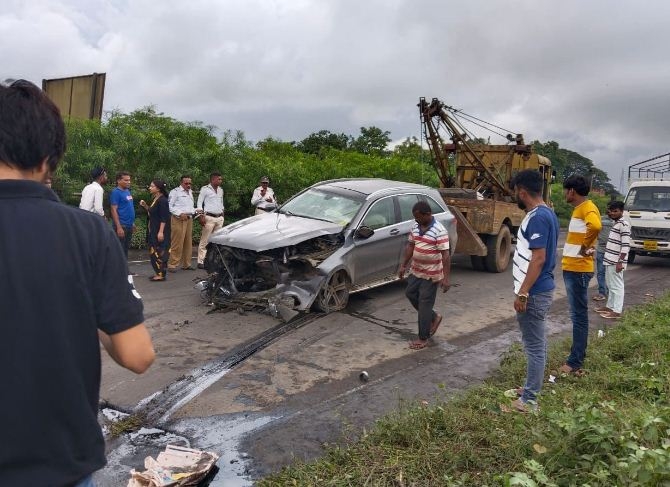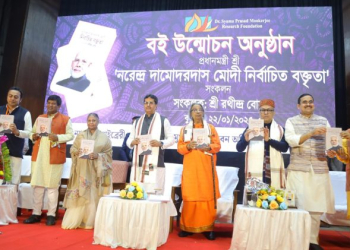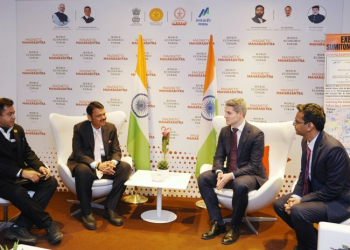New Delhi: Poor maintenance, inadequate signages to guide drivers, over two dozen median openings and missing road markings — these are some of the findings of the road safety audit of the 70-km stretch between Mandor in Maharashtra and Achhad in Gujarat of NH-48, where industrialist Cyrus Mistry died in a car crash.
The audit was carried out by a team of the International Road Federation (IRF).
The fatal car accident, which lead to the death of industrialist Cyrus Mistry and another co-occupant, occurred on this stretch on September 4.
The audit by the team, set up by the India chapter of the International Road Federation (IRF), has recommended immediate low-cost counter measures to prevent crashes. These include installation of speed limit signs specifying reduction in speed limit before diversions and bridges, warnings of “reduced carriageway” and against “overtaking”, quick maintenance, closure of median opening and proper markings to guide the drivers.
“The audit was carried out barely a week after the fatal crash at Palghar that shook the country. IRF said the audit was conducted after consent from the National Highways Authority of India (NHAI). The report has been submitted to MoRTH and ANHAI for action,” said K.K. Kapila, President, Emeritus, International Road Federation (IRF).
“The 70-km long section of NH-48 is a six-lane highway with divided carriageway, with the exception of the Surya River bridge on the left hand side (LHS) where Mistry’s car met with the accident.
“At this location, there is a two-lane carriageway on the bridge (on LHS carriageway), and there is a separate carriageway through an existing narrow bridge, which is accessed on the old alignment, which is provided through an “unassuming divergence” from the running three-lane LHS carriageway a short distance of 75-100 metres before the bridge on the LHS carriageway of the new alignment,” said Satish Parakh, President, IRF-India chapter.
“The audit found that there are many major and minor structures located on this stretch, including flyovers, vehicular under passes, pedestrian under passes, major and bridges, and culverts. It found that the site where the latest fatal crash happened there is an “unassuming diversion” for the third lane, which has been created in an “unscientific and non-standard manner without proper signs and markings,” Parakh added.
“The audit experts have recommended installation of warning signs of ‘narrow bridge ahead’ sign at 500 metre and 250 metre before the bridge, ‘reduced carriageway-left lane reduced’ sign at 400 metre and 200 metre and ‘right-hand curve warning’ sign at 600 meter and again at 400 metre before the bridge.
The report has recommended that ‘reduce speed limit’ signs must be put one-km from the bridge. It has recommended providing new jersey-type concrete barriers in the media to avoid crashes,” said Biju Muthu, CEO, IRF -India chapter. It said as per the standard design there should be no median openings on any six-lane highway. It has recommended closing of all the medians quickly.
(IANS)





















